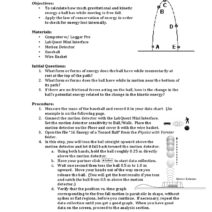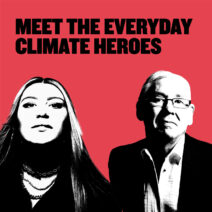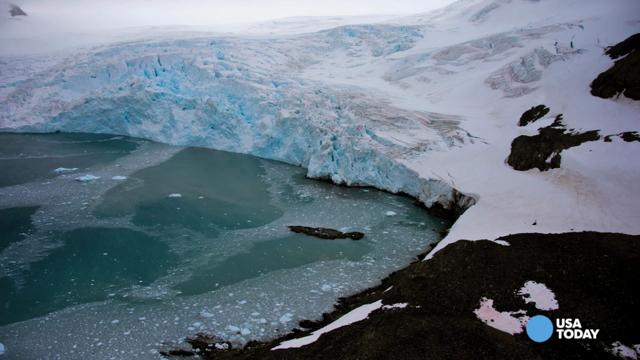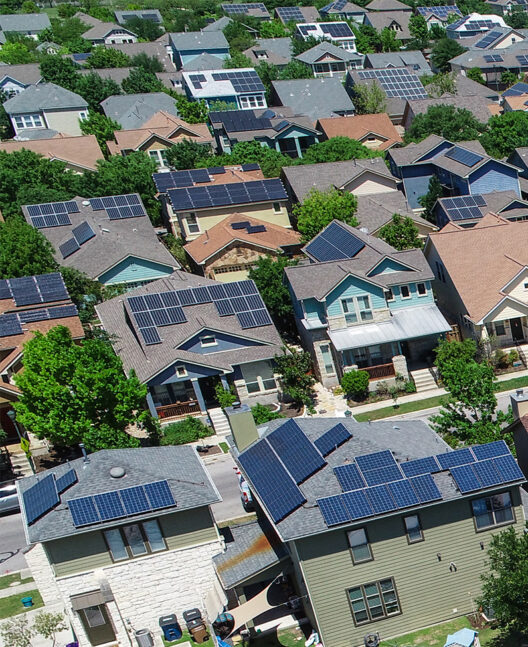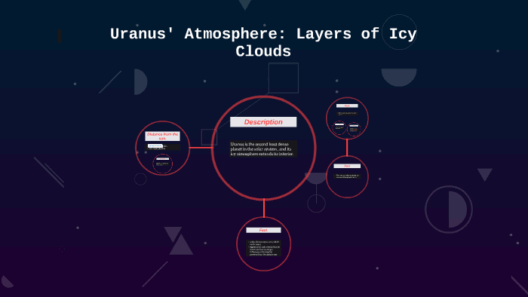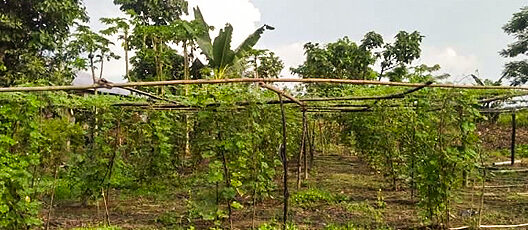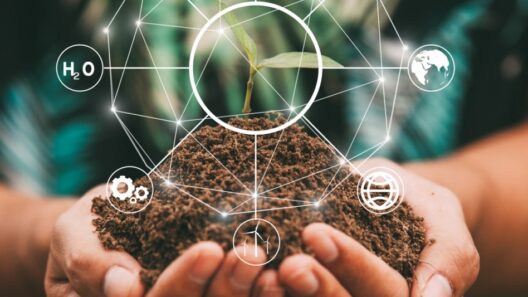As we stride through the 21st century, one burning question looms large against the backdrop of scientific inquiry: **How does decreasing ice accelerate global warming?** This phenomenon, commonly termed the “meltdown effect,” showcases a complex interplay between Earth’s cryosphere and the cascading consequences of climate change. The intricacies of this relationship demand our urgent attention.
To understand this little-explored synergy, we first have to grasp the essence of ice’s role in our climate system. Ice, particularly in polar regions, acts as a reflective shield, known as the albedo effect. In simpler terms, bright surfaces—such as ice and snow—reflect sunlight back into space. This insulation contrasts sharply with darker surfaces; for instance, ocean or land absorbs a significant portion of solar radiation. Thus, as ice diminishes, the albedo effect weakens.
Now, here’s a thought to ponder: If Earth is losing its crystalline armor, what are we effectively risking? The answer lies in a vicious cycle of worsening conditions. When ice melts, it exposes darker ocean or land surfaces, leading to increased heat absorption. This can exacerbate local temperature rises, not only accelerating the melting of surrounding ice but also contributing to broader climatic shifts worldwide.
The Arctic region serves as a prime example of this meltdown effect. The vast expanse of Arctic sea ice acts as a critical cooling component of the planet. However, over the past few decades, satellite data has revealed a disconcerting trend—rapid reductions in Arctic sea ice extent. With these diminutions, there has been a substantial increase in ocean temperatures, further eroding ice and exacerbating the feedback loop of warming.
The implications of this phenomenon stretch far beyond the polar circles. Thawing permafrost, for instance, releases vast quantities of greenhouse gases, predominantly methane. Methane is a potent greenhouse gas, contributing significantly to atmospheric warming, thus perpetuating this cycle of climatic disruption. As temperatures rise, additional permafrost destabilizes, feeding into an ever-expanding atmospheric methane reservoir.
Another critical aspect to consider is the shift in global weather patterns. As polar ice retreats, the jet streams become wavier and erratic. These alterations can lead to prolonged weather phenomena: excessive heatwaves in some regions, alongside heightened cold spells in others. The unexpected ferocity and duration of weather events can have catastrophic ramifications on agricultural systems, biodiversity, and human livelihoods globally.
Could the melting ice be seen as a harbinger of our climate thresholds being crossed? Certainly, it poses an alarming challenge. Predictive models suggest that if current trends persist, we may see seasonal ice-free conditions in the Arctic Ocean by mid-century. This potential reality emphasizes the dire need to take immediate action to curb emissions and implement adaptive strategies.
The atmosphere is increasingly inundated with additional heat due to these systemic changes. Ocean circulation patterns are subsequently altered, leading to even more ice melt. Moreover, the destabilization of entire ecosystems, particularly those dependent on ice formations, can lead to severe biodiversity loss. Species like polar bears, seals, and numerous seabirds rely on stable sea ice for foraging and breeding. Their survival hangs by a precarious thread, woven into the fabric of global warming.
International discourse has begun to address these concerns, yet progress remains agonizingly slow. Treaties aimed at reducing greenhouse gas emissions are fraught with complexity, political resistance, and economic concerns. Nevertheless, individuals possess a modicum of power through lifestyle adjustments and advocacy. Supporting renewable energy initiatives, reducing waste, and promoting sustainable practices can bolster local and global efforts against climate change.
What if we could collectively reverse these dangerous trends? Could grassroots movements catalyze significant policy changes? The effectiveness of community engagement and educational initiatives could pave the way for a sustainable future. Building awareness around these interconnected issues can mobilize action on both local and international levels. Education is paramount, as a well-informed populace can pressure governments and industries to prioritize ecological sustainability over short-term profit.
As ice continues to melt, the systemic risks to our shared environment can no longer be ignored. This meltdown effect serves as a clarion call, urging humanity to reassess its priorities. The challenge presented by decreasing ice is not merely an ecological one; it is a fundamental issue of survival. The longstanding quest for balance in the natural world is increasingly overshadowed by the elephant-in-the-room: climate change.
In conclusion, the solution rests within our grasp. Through innovation, cooperation, and unwavering determination, we can address the factors accelerating global warming. The fate of our planet is intricately linked to our response to the chilling reality of diminishing ice. The time to act is not tomorrow—it’s now. By understanding and sharing the significance of the melting ice and its ramifications, we can foster a movement towards a resilient and sustainable future. Are you ready to join the fight for our planet?

